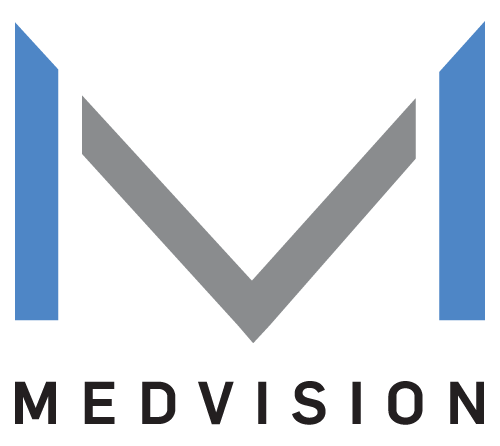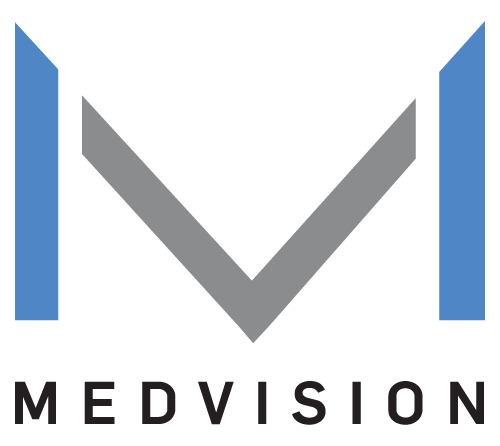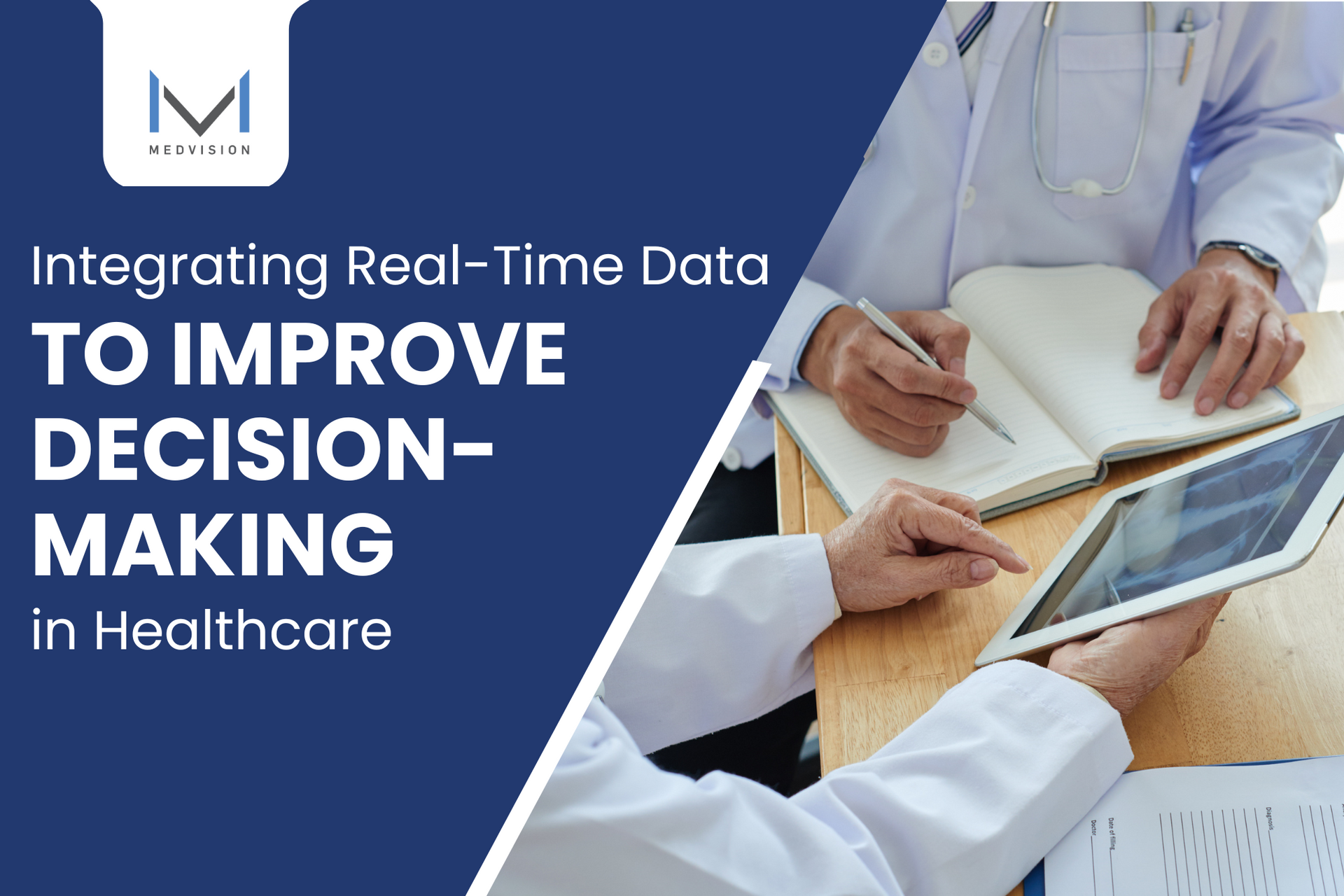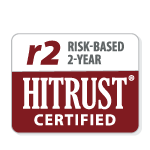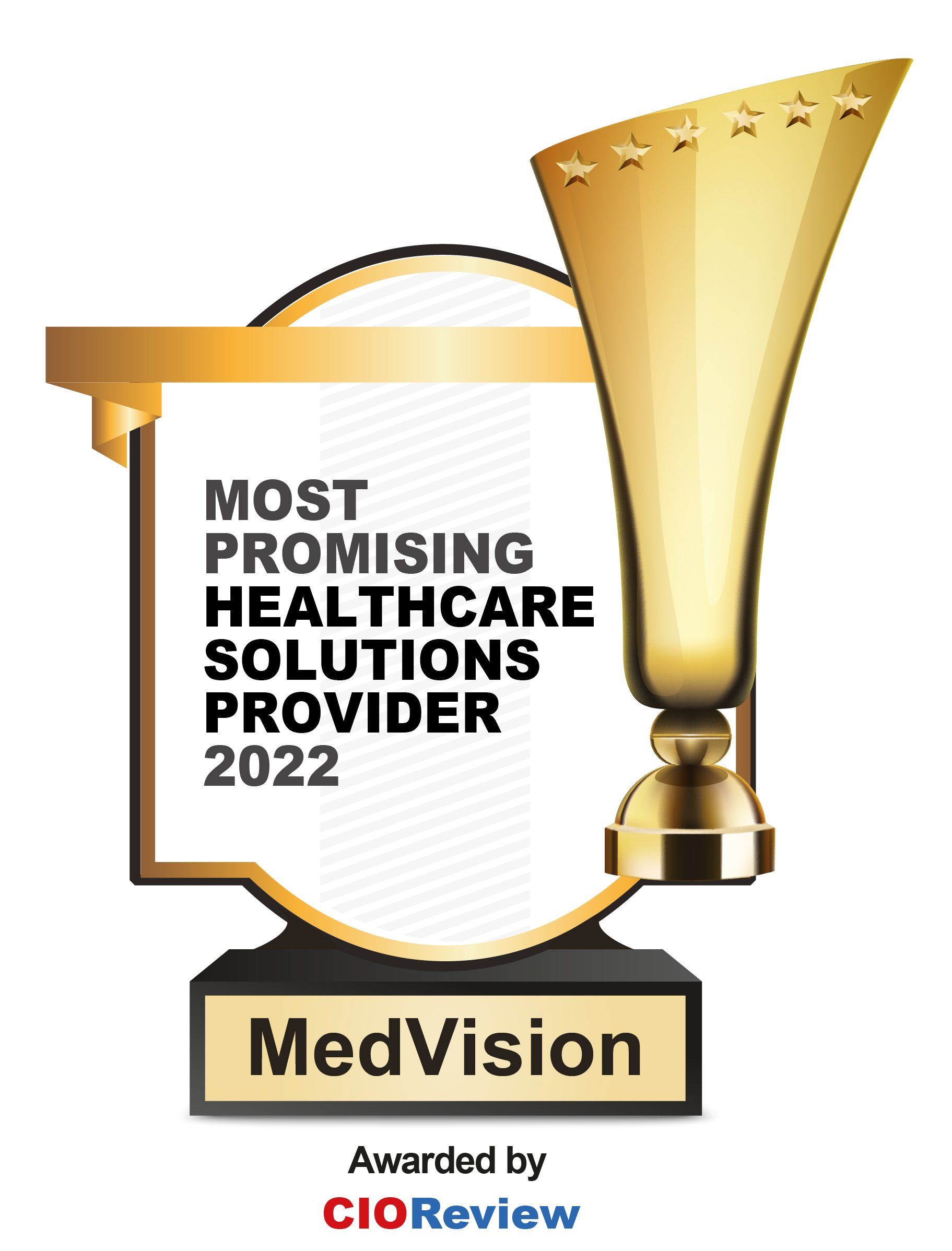ACO Risk Stratification for Chronic and Disease Management
Importance of Risk Stratification for Chronic Case and Disease Management
The healthcare industry is always changing, and accountable care organizations (ACOs) are pushing care professionals to better meet the needs of patients at controlled costs. As a result, ACOs need to apply effective risk stratification for chronic cases and disease management if they want to mitigate clinical expenses.
According to an article from The Commonwealth Fund, many ACOs rely on predictive modeling and risk stratification to categorize their patient population according to their risk levels. By identifying high-risk and high-cost populations, ACOs can focus their resources on populations that require intensive care—providing focused care management programs for high-risk patients. Additionally, stratifying risks also helps ACOs gather actionable data that can help with crucial business decisions.
Why risk stratification in an ACO?
ACOs have a lot to gain by stratifying patients with chronic cases and high utilization history. After all, when you’re dealing with large-scale population health management, you need to identify specific groups that require your intervention. By categorizing high-risk and high-cost patients, ACOs can dive deeper into these patients and find out how to manage their cases more effectively.
Additionally, risk stratification helps ACOs achieve the following:
- Pinpoint and tackle specific patient population demands
- Allocate the right level of care for high-risk and high-cost patients
- Create case management programs to lower risks and improve patient outcomes
- Ensure your network delivers services that coincide with value-based approaches
Challenges of Risk Stratification for Chronic Case and Disease Management
High-risk patients take up a lot of medical expenses that ACOs and payer organizations need to attend to. Fifty percent of American health care expenses are focused on patients that have complicated medical, behavioral, or social needs, according to a Semantics Scholar article. This means that ACOs need to ensure effective risk stratification for the chronic case and disease management if they want to control utilization costs.
From an ACO’s standpoint, the main objective of risk stratification is to pinpoint patients who need a case management program. By providing the right care management to these patients, they can manage their health independently, minimize redundant utilization, and enhance health outcomes.
Despite their best efforts, ACOs still face a few challenges when it comes to effectively stratifying high-risk populations. Here are some of the main challenges that ACOs face:
- Even when you stratify your population effectively, patients in the same group can still require varying levels of care. As a result, ACOs need to either have a flexible approach to high-risk populations or further divide them into subgroups.
- You may need to further categorize your high-risk populations into smaller groups and provide more specialized programs for them.
- Though risk stratification can help ACOs view the needs of their population more clearly, it doesn’t guarantee that your organization can mitigate costs right at the get-go.
- Risk stratification can only be effective if ACOs also apply value-based strategies that align with the needs of their patient population.
Despite these challenges, ACOs have much to benefit from risk stratification for the chronic case and disease management. The real question is how ACOs can effectively stratify their high-risk population with ease and effectiveness. Luckily, the steady development in computer technology is providing solutions for this specific problem.
How Technology Can Support Risk Stratification for Chronic Case and Disease Management
Major companies are expected to process 60 percent of their business data with advanced computers by 2022, according to a WEF article. If ACOs want to stratify their high-risk population and mitigate clinical expenses, they need to equip themselves with the right technology.
If you want to sort out your high-risk patient population, you need the right data analytics tools. Luckily, advanced management platforms like QuickCap 7 (QC7) have built-in features that are perfect for the job. Put simply, picking the right management platform means instant access to essential features for data gathering, data visualizations, query builders, and reports.
1. Data Analytics and Reporting
The data you need for effective risk stratification is right at your fingertips. From claims information to patient case management details, all you need to do is convert your data into risk management algorithms.
And when you have an advanced system like QC7, you can do that along with the following:
- Easily gather reports based on every population health information you have in your system
- Utilize various search filters and query building features to generate on-point reports
- Keep track of all your patient records, member eligibility, authorization details, claims information, and more.
- Customize user dashboards for your specific workflow needs
- Use different data analytics and visualization tools to view the right data when you need it
2. Case Management
From preventive measures to patient-specific care, a case management platform or risk stratification software, allows you to put your risk stratification to action. For example, QC7 has a dedicated case management module that allows you to effectively manage your high-risk cases.
Here are some of the benefits of having a case management platform for your high-risk patient population:
- Utilize a dedicated case management module for effective goal settings and patient-centered care plans
- Use extensive features for triage notes, case reviews, care team coordination, patient records, and more
- Upload organizational documents, such as specialized care guidelines to ensure proper interventions are accomplished
- Easily access reference documents, such as code guidelines and additional patient records, for accurate patient care
- Ensure your care teams take all the right measures and provide the best care for patients
3. Enhance Population Health Management and Risk Management Plans
Having a platform that allows for quick clinical data exchange can mean more complete analytics. With QC7, you can instantly gather crucial information related to your high-risk patient populations.
With the right management platform like QC7, you have more features that can help you do the following:
- Oversee high-risk patients through a dedicated case management module where you can coordinate with care teams, assign goals, and assess patient productivity
- Utilize extensive built-in report features and data visualization tools to easily analyze trends, predictions, and actionable information
- Ultimately reduce the health-plan-related expenses and control the prices of your premium
How QuickCap 7 Helps with Risk Stratification for Chronic Cases and Disease Management
ACOs that have full control over every aspect of their high-risk and high-cost patients can take better cost-savings decisions. From overseeing the needs of your high-risk population to taking preventive measures, you need a comprehensive healthcare solution like QC7 by your side.
Recently published articles
Keep in touch
Subscribe to get the latest update
Than you!
You have successfully subscribe to our blog updtes!
Please try again later
Trending topics
Upcoming events and company news
Connected Healthcare
SOC Certification Achievement
MedVision has successfully met the criteria outlined in the SOC (System and Organization Controls) audit for service organizations. This certification demonstrates MedVision’s adherence to rigorous standards for security, availability, processing integrity, confidentiality, and privacy.
As a service provider managing sensitive data and overseeing critical functions on behalf of clients, this certification underscores MedVision’s commitment to maintaining high standards of operational excellence and data security.
HITRUST Risk-Based 2-Year Certification Achiever
The Health Information Trust (HITRUST) is a standards organization dedicated to security, privacy, and risk management. They developed the HITRUST Common Security Framework (CSF), which assists organizations in maintaining a comprehensive and secure approach to HIPAA compliance and managing risks. HITRUST is widely recognized as the benchmark in data security and privacy.
Certified Member of HCAA
The Health Care Administrators Association is the nation's largest nonprofit trade association for third-party administrators, stop loss insurance carriers, managing general underwriters, audit firms, medical managers, technology organizations, pharmacy benefit managers, brokers/agents, human resource managers, and health care consultants. HCAA has spearheaded the change of self-funding for more than 35 years.
Share and post page directly to social media.
Ready to get started?
Call us @ 847 - 222 - 1006
LINKS
GET IN TOUCH
3233 N. Arlington Heights Rd.,
Suite 307, Arlington Heights, IL 60004
Phone:
847-222-1006
Fax: 847-222-1066
STAY INFORMED
Subscribe to our blog updates!
Blog Subscription
Than you!
You have successfully subscribe to our blog updates!
Oops, there was an error in sending your message. Please try again later
LINKS
GET IN TOUCH
3233 N. Arlington Heights Rd.,
Suite 307, Arlington Heights, IL 60004
Phone :
847-222-1006
Fax :
847-222-1066
STAY INFORMED
Subscribe to our blog updates!
Medvision | All Rights Reserved.
